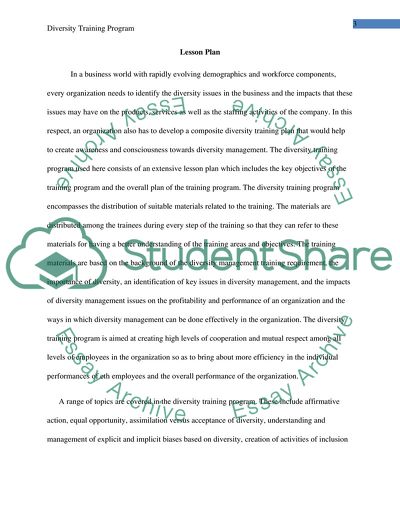Cite this document
(“Diversity training program Assignment Example | Topics and Well Written Essays - 2000 words”, n.d.)
Diversity training program Assignment Example | Topics and Well Written Essays - 2000 words. Retrieved from https://studentshare.org/human-resources/1655789-diversity-training-program
Diversity training program Assignment Example | Topics and Well Written Essays - 2000 words. Retrieved from https://studentshare.org/human-resources/1655789-diversity-training-program
(Diversity Training Program Assignment Example | Topics and Well Written Essays - 2000 Words)
Diversity Training Program Assignment Example | Topics and Well Written Essays - 2000 Words. https://studentshare.org/human-resources/1655789-diversity-training-program.
Diversity Training Program Assignment Example | Topics and Well Written Essays - 2000 Words. https://studentshare.org/human-resources/1655789-diversity-training-program.
“Diversity Training Program Assignment Example | Topics and Well Written Essays - 2000 Words”, n.d. https://studentshare.org/human-resources/1655789-diversity-training-program.


